
Restor+ is a minimally manipulated allograft derived from the umbilical cord tissue layer of Wharton’s Jelly and processed to maximize concentration. Restor+ is for homologous use and is intended to enhance the body’s natural ability to heal.
Why Restor+?
Restor+ works by secreting powerful bioactive molecules. Restor+ contains a network of scaffolding proteins, growth factors, cytokines, extracellular matrix, and multiple other components needed to create a healing environment.
Restor+ umbilical cord tissues lack MHC-II and are, therefore, hypo-immunogenic. Consequently, there is minimal risk of an allergic reaction for the recipient.
Restor+ has a strong anti-inflammatory effect reducing the expression of inflammatory cytokines.
Restor+ has a higher proliferation rate when compared to autologous tissue such as adipose or bone marrow. Restor+ is less invasive compared to other regenerative medicine forms, such as bone marrow or adipose tissue extraction; this results in less pain and rehabilitation time for the patient.
Restor+ is recovered from healthy, carefully screened mothers at the time of delivery. All protocols are in accordance with the FDA, AATB, and AABB regulations and standards.
Explore Restor+ for Your Patients
Restor+ may be an ideal choice for individuals dealing with various conditions that interfere with their everyday lives, especially those over the age of fifty who, due to the aging process, may have less viable components than a younger person might.
Components found in Restor+:

The number of growth factors, cytokines, hyaluronic acid, cellular components, and extracellular vesicles is higher in Wharton’s Jelly compared to other biologics. These components aid in strength, flexibility, cushioning, covering, compressibility, and response to friction in the body. It also plays a vital role in reducing inflammation.
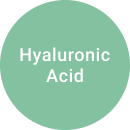
Naturally present in the body, hyaluronic acid acts as a cushion and lubricant for the joints and other tissues. Hyaluronic acid can be used for various joint disorders and aging, among other conditions. It may promote healthier, more supple skin, speed up wound healing and preserve bone strength.
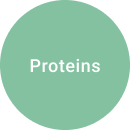
Required for the structure, function, and regulation of the body’s tissues and organs, proteins help repair tissues and allow metabolic reactions to occur. Some proteins are chemical messengers between cells, tissues, and organs, while others provide structure and support.
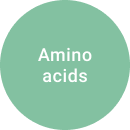
The building blocks of proteins, amino acids are vital for protein synthesis, tissue repair, and nutrient absorption.
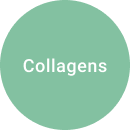
Collagens form a scaffold to provide strength and structure throughout the body, delivering a platform for new tissue growth.
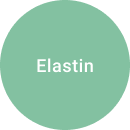
As the most dominant protein found in skin, elastin provides resilience and elasticity to tissues and organs. It is 1000 times more flexible than collagen and is one of the body’s most enduring proteins.
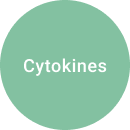
These molecules serve as messengers between cells, mediating and regulating immunity, inflammation, and hematopoiesis. They stimulate the production of blood cells and provide growth and differentiation factions that function in development, tissue maintenance, and repair.
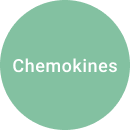
A form of cytokine that stimulates movement and plays a crucial role in immunological reactions.

Regulate cell division and cell survival to stimulate the growth of a specific tissue.
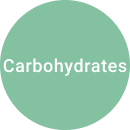
Vital in supporting life’s essential functions, carbohydrates produce and store energy, build macromolecules and extra proteins and assist in lipid metabolism.
